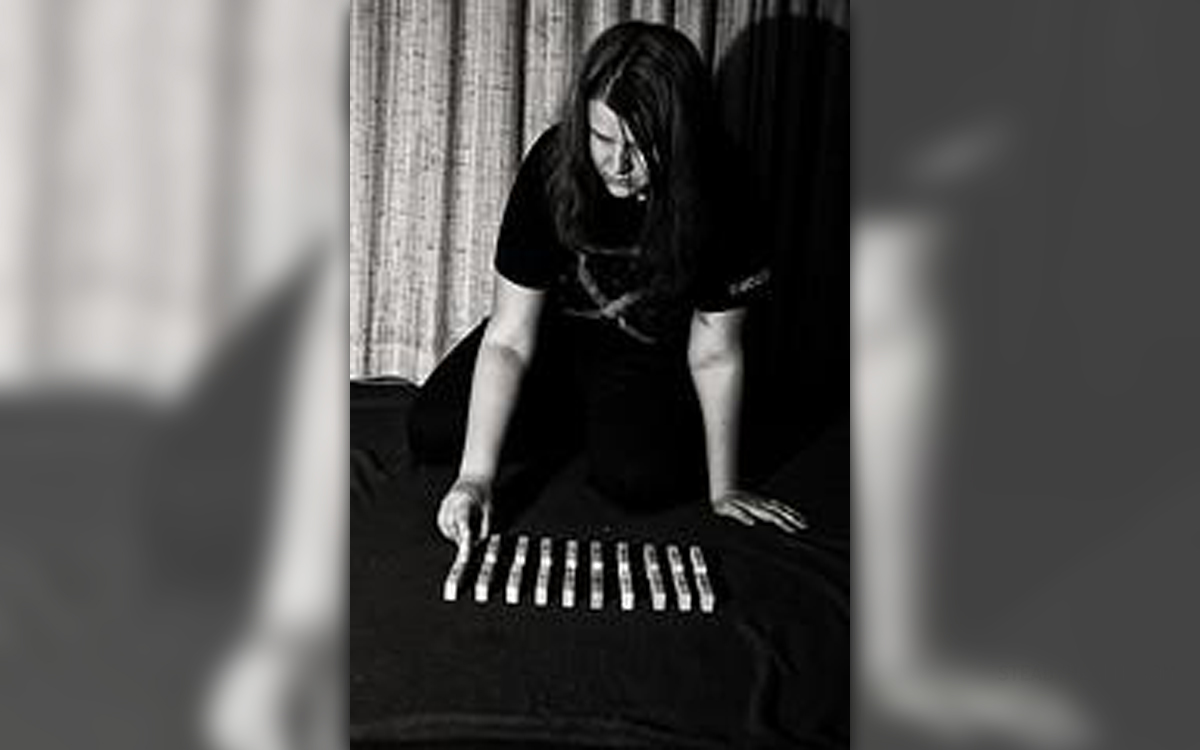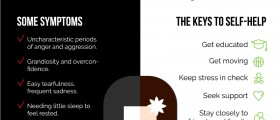
Suicide in Australia
Suicides can never be considered as common events. Out ofall death cases in Australia, suicides account for no more than 2 percent ofthe total number. Fortunately enough, the past decade has seen a dramatic decreasein the suicide rates in Australia, as it has become almost half as much as itwas in just 3 years. The main reasons for this are excellent preventativehealth programs and a much earlier detection of different types of mentalhealth problems. Suicides in Australia occur in men much more than in women becausethey use much more lethal means than women. Men account for up to 80 percent ofall suicide cases. Females have the leading role when it comes tohospitalizations due to intentional self harm. Unsuccessful suicide attemptsoccur much more in women, as there are 60 percent of such female cases. It mustbe noted that most cases of bipolar disorder end up with a suicide. Accordingto certain statistics, the suicide rate among males in Australia is four timeshigher than the rate in females. Most suicide cases are associated with peoplewho are between 30 and 34 years old. Suicide rates in Australia are much higherin rural areas than in urban areas, which is another important fact whichrequires a lot of further research, analysis and implementation of betterpreventative programs. It is a saddening fact than one quarter of all maledeaths occurs in people who are between 20 and 24 years old. There are alsocases of young people aged between 15 and 19 who end their lives by committinga suicide.
Bipolar Disorder Facts
Bipolar I disorder is a certain type of mental disordercharacterized by episodes of mania and episodes of depression. The episodes mayvary in terms of duration and severity and they sometimes may call for hospitalization.Bipolar II disorder is another medical condition which is slightly different asit involves episodes of depression along with episodes of hypomania. Themajority of people affected by bipolar disorder cannot carry out normaleveryday roles at home or at work. The people who are affected by bipolardisorder the most are usually between 18 and 29 years old. Bipolar disease mayalso be associated with the development of further complications and severalother medical conditions such as eating disorders, personality disorders,anxiety disorders and substance use disorders.
General Information about Mental Illness
It is a terrifying fact that every fifth citizen ofAustralia experiences some sort of mental illness over the period of 12 months.Up to half of Australian citizens experience some kind of mental disorder insome point of their lives. Different kinds of mental disorders are among themost common causes of non fatal diseases and injuries. One of the most commontypes of mental disorders in Australia and elsewhere is depression. Accordingto certain estimates by the World Health Organization, depression is soon aboutto become the leading cause of disability in most countries around the world. Thosewho are divorced or separated are the ones who experience mental disorders mostfrequently. The prevalence of different sorts of mental disorders is the lowestamong married people. Various types of mood disorders such as bipolar disorderand depression occur mostly in men who are between 35 and 44 years old. Thosesame medical conditions mostly affect women who are between 18 and 24 yearsold. According to statistical data, the age group which is least affected bydepression consists of people who are over 65 years old. Contrary to thepopular belief, depression can be inherited. In fact it occur so often thatapproximately 40 percent of all cases of depression are associated withgenetics. Mental illnesses may be associated with various social factors andthey can lead to a higher rate of unemployment. There are also certain types ofwork which may be associated with a higher risk of the development ofdepression. Those are jobs associated with longer work hours, low levels ofsocial and environmental support, lower levels of flexibility in decision makingand higher levels of psychological demand.
Mental Illness and Gender Differences
5.3 percent of male population experiences some sort ofmental illness, while 7.1 percent of women experiences those same mentalillnesses. Bipolar I disorder and melancholic depression tend to affect bothmen and women in equal amounts, but women seem to suffer from bipolar IIdisorder much more than men. On the other hand, men are much more prone tovarious different types of substance use disorders than women. The same can besaid for schizophrenia, as women tend to experience it much less and even whenthey do, they recover much more easily. Pregnancy is always involved with anincreased risk of depression. This type of depression is medicinally referredto as postnatal depression.

















Your thoughts on this
Loading...